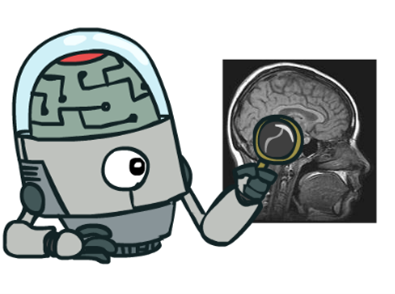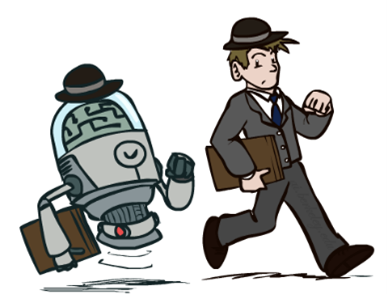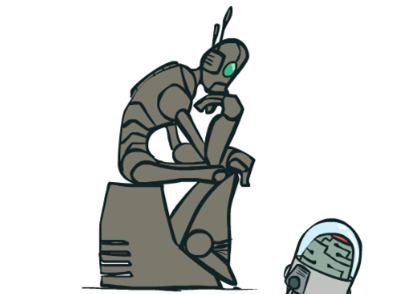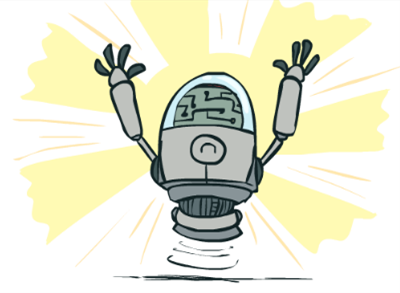Introduction
Welcome to Lecture 1: Introduction! Embark with us on an exciting journey exploring the fascinating world of Artificial Intelligence (AI). Let’s start with the very simple and yet not so simple question: what is AI?

A naïve approach would be to say, an AI is a machine which thinks like us. But how do we think? That’s still an open question, so it’s difficult to say if the AI thinks like us.
Next idea, an AI is a machine th at acts like us. This is quite an early idea, dating back to Alan Turing and the famous Turing Test. But this approach has some side effects. The task is to appear human, so answering math questions too fast or spelling too good is not desirable. Additionally, humans often don’t act very smart.
at acts like us. This is quite an early idea, dating back to Alan Turing and the famous Turing Test. But this approach has some side effects. The task is to appear human, so answering math questions too fast or spelling too good is not desirable. Additionally, humans often don’t act very smart.

So, if thinking or acting like humans aren’t good approaches, let’s try to build machines that think rationally. This idea is even older and goes back to Aristotle. However, encoding a full logic system into the AI is a difficult task and it doesn’t scale.
T he current approach to AI is to build machines which act rationally. Because, it doesn’t matter that much how the machine thinks, but how it acts and at which outcome it derives.
he current approach to AI is to build machines which act rationally. Because, it doesn’t matter that much how the machine thinks, but how it acts and at which outcome it derives.
So, this course is all about building machines, which act rationally. And acting rationally is all about ‘maximizing your expected utilities’. The question of how to ‘maximize your expected utilities’ will guide us through this semester.
So let’s dive in and start!
Topics of this Lecture
- AI in pop culture
- What is AI?
- A short history of AI
- What can AI do?
We will cover these topics also in the first live session.
Course Materials
The lecture videos can be found here (now downloadable).
Additional videos mentioned can be found here:
- Movie Trailers:
- Boston Dynamics Robots: